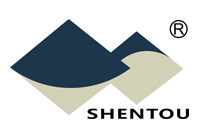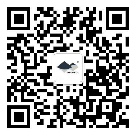CHINA AUTOMOTIVE SUPPLIER QUALITY MANAGEMENT BRIEFING
11/05/2017
Vol. 1, No. 9, November 2017

① QUALITY CHALLENGES & SOLUTIONS WITH YOUR SUPPLIERS IN CHINA
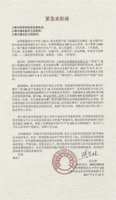
As part of a nationwide drive to curb air pollution in China, local government in Shanghai has recently ordered the shutdown of many factories that did not meet the environmental protection requirements.
On the evening of September 18, a “Letter of Assistance” from the Shanghai factory of Schaeffler, the top global automotive supplier of high-precision components and systems for engine, transmission, and chassis, to the Shanghai Government appeared online. The letter said its exclusive raw material supplier for needle roller bearings was ordered to be shut down immediately, but requested that the government make an exception so the supplier could continue production for three more months because it needed the time to develop an alternative supplier. Otherwise, Schaeffler Shanghai claimed in the letter, the immediate shutdown would result in production stoppage of over 200 car models at 49 OEMs such as Cadillac and Buick at SAIC General Motors, with a potential production reduction of more than 3 million vehicles in China, or the equivalent loss of 300 billion CNY (or 45 billion USD) in output values.
While the letter caused heated debates within the industry, we want to focus on the incident from the perspective of the supplier evaluation, selection, and monitoring requirement of automotive QMS standard.
According to IATF16949:2016, Clause 8.4: Control of externally provided processes, products and services, organizations need to ensure the externally provided processes, products and services meet requirements. When applying supplier selection, performance-monitoring and evaluations, organizations should always follow the risk-based-thinking approach.
Requirements of laws and regulations
When working with approved or newly developed suppliers, companies need to fully consider legal and regulatory requirements on the environment, occupational health, and safety. Suppliers’ compliance with environment, occupational health, and safety standards should be analyzed and evaluated for their capability to comply and extent of implementation.
Supplier selection & procurement planning
Suppliers should constantly be evaluated based on planning for the risks of their product conformity and continuous supply to customers. When making procurement planning, companies should consider the supplier risks of continuous supply and reduce dependence on exclusive suppliers, while selecting two or more alternative suppliers based on the level of the potential supplier risks.
Supplier development & QMS audits
The development and audits of active suppliers should be planned with priority, category and schedule. When conducting QMS audits on active suppliers, especially those supplying products to OEM customers both domestically and internationally, companies should not only evaluate the suppliers’ QMS but also the environmental management system (EMS) and the Occupational Health and Safety Management System (OHSMS).
Supplier monitoring
While the suppliers’ performance such as product conformity, delivery time, special quality status, and quality complaints should be monitored as general part of supplier management, 2nd party audits and risk analysis should be undertaken on their own suppliers of main components or outsourced processes. On-site verifications and validations of these suppliers are sometimes necessary. For those outsourced products and processes with legal or regulatory requirements, it is also necessary to request their suppliers to submit qualification certificates and related documents issued by either the professional organizations or the government bodies.
By Felix SS YUAN
② CRITICAL FAILURE MODES / QUALITY CONTROL POINTS IN FOCUS
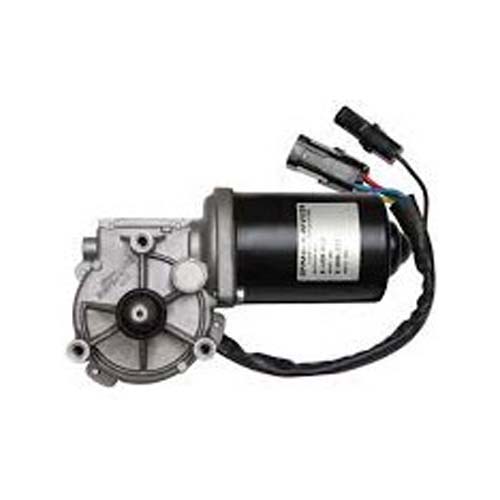
Wiper motor
Primary failure modes:
●Motor failure: Substandard armature insulation grade, unreliable commutator welding or false welding. Unqualified magnetic properties of the permanent magnets of the stator.
●Gear box failure: The Gear box is generally composed of worm and worm gear, the worm is made of steel, the worm gear is generally plastic parts, and the most common problem is gear shaving, which is caused by improper gear materials or the low mechanical strength.
Key preventive measures:
●For the motor: Make sure the factory uses armature windings with qualified insulation grade. Optimize and monitor the welding process of the commutator.
●For the Gear box: Make sure the factory uses qualified plastic materials, strictly control the use of scraps and optimize and monitor the injection molding process of the gear.
By Patrick H. HAN
③ KEY CONCEPTS & PRACTICES IN SUPPLIER QUALITY MANAGEMENT
Currently the results of supplier audits, whether based on ISO9001 or IATF16949, are always “Pass” or “Fail”. The simple yes or no approach towards the quality management system (QMS) of automotive suppliers is not appropriate for the aftermarket.
The automotive aftermarket manufactures, with their vastly diversified organizations, production scales and product ranges, are markedly different than OEM suppliers. Their strengths, skills, and potential quality risks inherent with the product properties are also hugely different. A simple yes or no conclusion does not reflect their quality assurance capabilities, nor does it truly tell the difference in the competitive advantages or vulnerabilities among them.
A more reasonable approach is to set up a dynamic rating system for key elements of automotive aftermarket QMS, whereby a supplier’s quality assurance capability is systematically graded for its effective strength. With such a rating system, international buyers could then better understand an aftermarket supplier’s effective quality assurance strength and make appropriate decisions based on their requirement of supplier risk management.
The Alliance of Automotive Aftermarket Quality Assurance (AAAQA) is working on one such set of systematic rating standards applicable to the aftermarket for grading the aftermarket suppliers’ quality assurance capabilities.
④ CHINA INDUSTRY & MARKET UPDATE
Cost of raw materials:
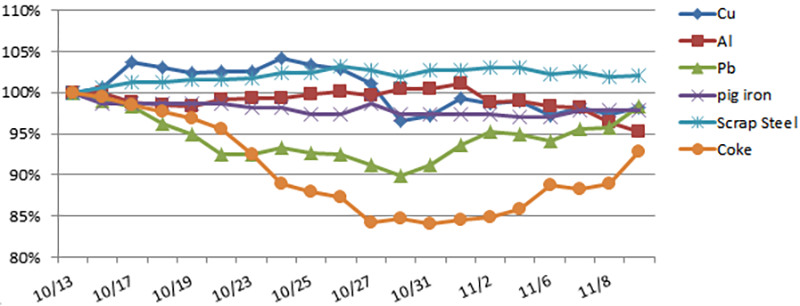
Exchange rates:
![]() USD/RMB: 1: 6.63
USD/RMB: 1: 6.63
![]() EUR/RMB: 1:7.71
EUR/RMB: 1:7.71
![]() RUB/RMB: 1:0.11
RUB/RMB: 1:0.11
November 2017
The above information is for reference only
⑤ IT HELPS TO KNOW...
Project Initiation Event for AUTOMOTIVE AFTERMARKET QMS STANDARD
For the global automotive industry, the Automotive QMS Standard (formerly ISO/TS16949, now IATF16949) has been successfully adopted by the OEM sectors, but there is a lack of unified and applicable standard for the diversified and challenging global aftermarket sector. As a result, International aftermarket buyers do not have any consistent standard to rely on for quality assurance of their aftermarket supply chains.
Shentou is working with a group of concerned stakeholders of the automotive aftermarket industry to develop a set of ISO9001-based QMS standards for the aftermarket and advocate their compliance through the Alliance of Automotive Aftermarket Quality Assurance (AAAQA). We are now inviting stakeholders of the aftermarket industry to join the effort.
A Project Initiation Event will be held during the Automechanika Shanghai 2017 in Shanghai, China, when the standards under development will be explained and comments from aftermarket stakeholders will also be solicited.
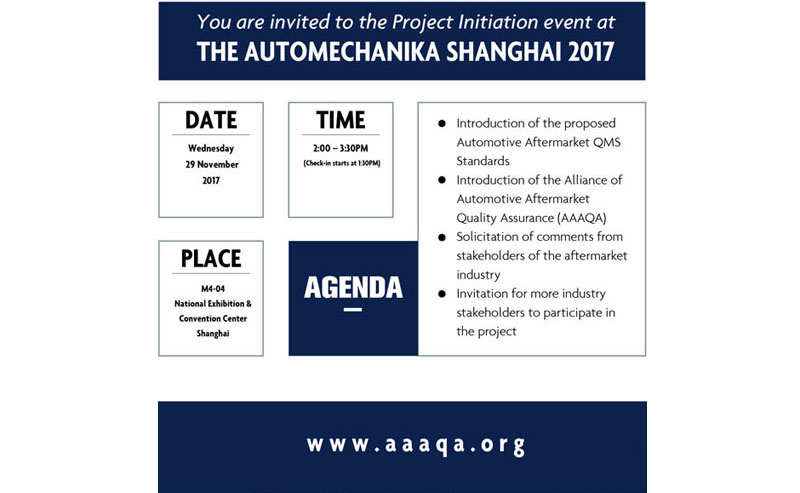
Send emails to info@aaaqa.org if you want to get involved in the project and/or plan to attend the event in Shanghai.
SHENTOU SUPPLY CHAIN MANAGEMENT CO. LTD. is a Shenzhen, China, based company serving international automotive clients in the implementation of their China strategies and programs. CHINA AUTOMOTIVE SUPPLIER QUALITY MANAGEMENT BRIEFING is a bi-monthly newsletter published by Shentou to address the specific and unique quality challenges and concerns international automotive companies face with suppliers in China. Comments are welcome at qms@shentou.com. Click here to subscribe.
